Denis Kovalevich, CEO of the TechnoSpark Group of Companies, explains why the leverage mechanism aimed at giving support to tech projects that is traditionally used in developed countries is only spinning the wheels in Russia and why staking on hordes of cockroach-like startups is no less pragmatic than on a handful of unicorns
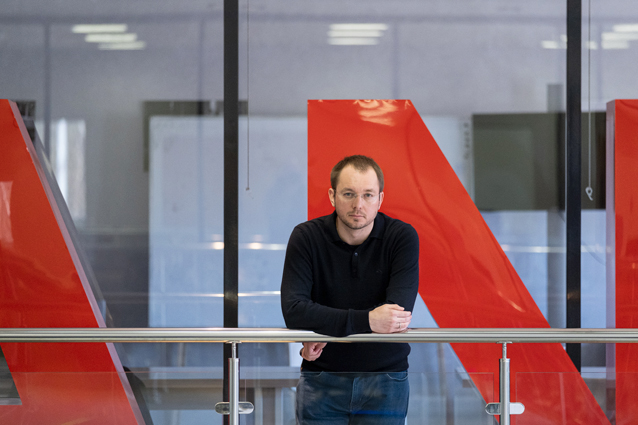 Ɔ. What is the fundamental difference between TechnoSpark and other venture project support systems?
Ɔ. What is the fundamental difference between TechnoSpark and other venture project support systems?
It’s that we don’t give any support to anyone. TechnoSpark was established in 2012 as a business*, at that point each private co-founder had had their own experience in launching technological projects. My previous experience with Rosatom State Corporation, where I was in charge of separation of spin-offs among other things, and Skolkovo, where I worked as the director of the nuclear cluster, proved that giving support to projects or entrepreneurs is a useless activity.
Real entrepreneurs do not need any support because they are capable of finding investment, technologies, building teams and attaining sales all by themselves. And the main problem related to supporting beginners in entrepreneurship, in our country in particular, is that there is practically nobody to give support to.
In Europe, for instance, the support mechanism is focused on encouraging engineers to change their qualification and train for entrepreneurs. In addition, some of entrepreneurs experienced in trade and services started tech businesses of their own.
The Innovation Fund of Norway alone invested in 5,000 new companies in 2018. In Russia, the Innovation Promotion Fund reviews the same number of entries a year but ends up to invest in 400-500 startups. The difference is by an order of magnitude even though the population of Norway is only 5.3 million people.
In the USA, there is a migration mechanism in place: a global funnel, with proactive people, who are launching their startups, going to the best innovation clusters, first and foremost, to California.
Both European and American models allow for support mechanisms to be arranged around them, which means additional tools can be created to speed up the process of creation and development of new tech companies.
Since the entrepreneurial activity in Russian tech businesses is objectively low, the mechanisms that work for multitudes of projects and a mass process of business self-identification are to a large extent only spinning their wheels. If we take a look at the statistics of the Innovation Promotion Fund, the oldest and most experiences fund of Russia, we will see that year after year there is a growing number of problems in project selection, even regarding the grant form of support.
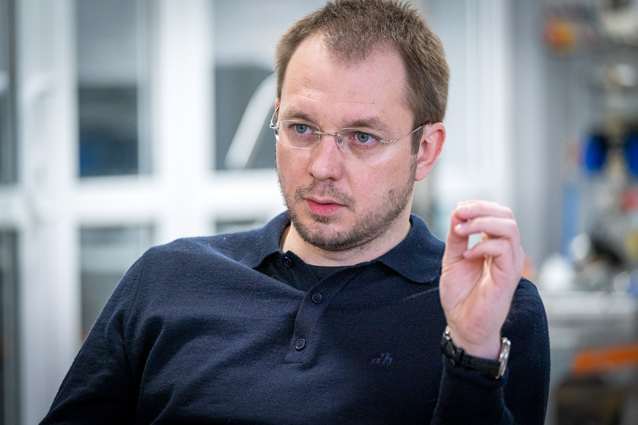 Ɔ. Aren’t there any projects?
Ɔ. Aren’t there any projects?
It’s not that there are no projects at all, but their number is dwindling, and a part of applicants come back with new projects. That is why the Innovation Promotion Fund has decreased the age limit and is trying to stimulate tech entrepreneurship as early as at the stage of upper secondary school.
The same reasons made us here in TechnoSpark opt for the startup model rather than the project selection one from the very beginning. Which means we didn’t opt for another investment tool in conditions when one company is sought after by a few funds at the same time, not because the company is so good but because there is no other to invest in. It would be ridiculous as it distorts the motivation system of the market.
So we chose the opposite solution–creating businesses at our own risk and peril rather than selecting projects: building companies, launching them in the market, exposing them to other investors and eventually selling them. TechnoSpark was initially established within the model of venture development when we deal with all the cycle of the tech company evolution: we formulate an idea, pick the relevant technology that is a replaceable element of the startup, then we gradually recruit a team, launch sales and thus shape the business. In our case, the startups are founded by TechnoSpark itself. The same system, by the way, is applied in Cambridge, UK and other places in Europe where there is a deficit of entrepreneurial activity.
Ɔ. Does it mean that entrepreneurs get employed by TechnoSpark and are paid salaries instead of taking up their own risks?
Basically, a hired company founder has a comprehensive motivation: they receive a small but stable salary as well as an opportunity to obtain a share in the company in case they manage to build the business and take it to the stage of its sale. It is reminiscent of the so-called vesting model when an employee gets their company shares after they have worked there for a particular number of years.
Every startup is embedded in the system of the TechnoSpark contract companies: it is formed in the environment that is marked by the presence of contract companies alongside product-centered startups that can carry out certain jobs on demand. We built a system of such contract companies in TechnoSpark from scratch.
In answer to your first question, the main difference of our type of activity in contrast to traditional methods of startup support is that through its own investments TechnoSpark guarantees our co-investors that the companies we develop are based on 1) a well-grounded technological idea and not any sort of engineered fake, 2) a factual idea about the potential niche in the market and the place in the technological chains, 3) qualified time that we invested in clarification on items 1 and 2.
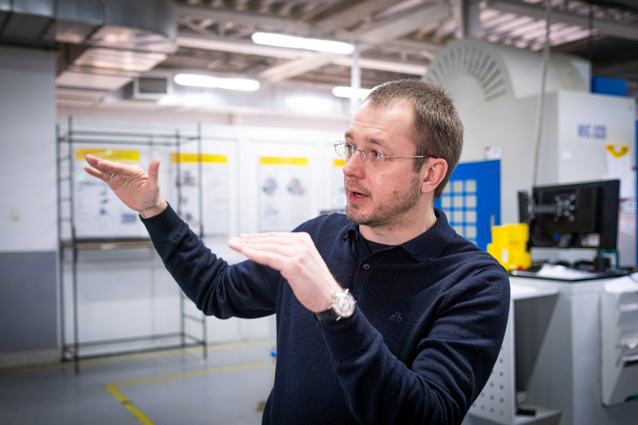 Ɔ. How do you decide on where to invest?
Ɔ. How do you decide on where to invest?
How did Jeff Bezos decide to invest in Amazon?
Ɔ. Do you predict the demand?
No, it’s much more pragmatic. We use two main mechanisms. The first one is copying–in terms of business ideas 99.9% of all businesses in the world are all about copying. The global economy is significantly fragmented: there are local markets and local investment capitals, as well as a great difference between countries in relation to their competencies. Therefore, Russia has an opportunity to do what the USA did a few years ago.
The second mechanism is about creating companies catered for a particular segment in the production chain, for instance, of a large corporation. In this case you should have an extremely particular idea about the structure of industry and existing labor division, and create a targeted startup. Such production chains that can offer a place for new Russian startups can be found in the areas of energy, logistics, retail business, construction and a whole number of traditional Russian industries.
But while Europe and America have a third option of taking it off from a technological development, in our case, it is too risky a way, at least for the moment being: to start it off from an engineering development and grow it into a business, one has to be extremely certain of the technological solution. That said, the certainty should be rational rather than emotional, and it can only be fortified by previously made serious investments in this or that technological area that lasted over several years. This third method is what we don’t have a stake in.
Ɔ. So it means that in many cases it is enough just to copy a cutting-edge technology and bring it to Russia, isn’t it?
Not a technology but rather a startup business hypothesis. Ideas of new industries have no boundaries. The way to success enjoyed by few businesses is paved with a multitude of others that never made it across the finish line. And the mechanism of competition is nothing but a copy machine, when you enter a race and aim at doing things faster than those that are trying to do the same simultaneously with you.
By the way, if we can’t see competitors in certain areas, it suggests that we may be doing or dealing with a blind alley or a technology that has been worked through and proved to be fruitless for the given period of time. Whenever I hear that a startup founder or engineer is talking about a unique technology that nobody is dealing with in the world, it makes me wary: this sort of idea often happens to be both an engineering craze and banal wind-up.
Ɔ. How many competitors should there be to make an idea worth working on?
If you work with new technologies, there cannot be many competitors. So, in the sphere of logistic robotics, for example, there are 20-30 startups in operation in the entire world. There are areas that are comprised of only a dozen startups. When the number of competitors is 10 to 30, there is a fair chance to make it to the top five global players. All sectors we operate in demonstrate the same situation.
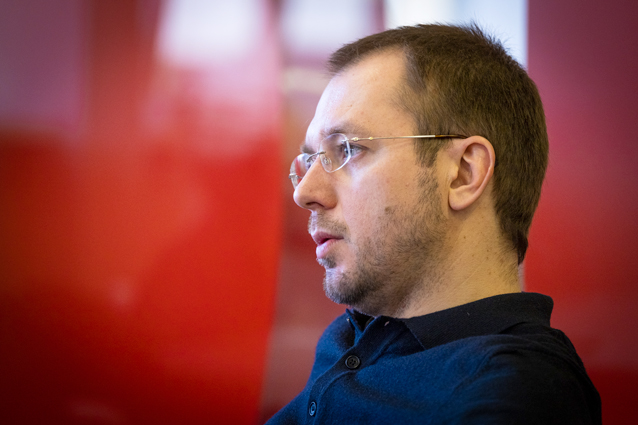 Ɔ. Can you make a couple of examples?
Ɔ. Can you make a couple of examples?
This is, for instance, the sphere of ultra-precise microprocessing with the application of lasers. In TechnoSpark, there is a company that produces efficient picosecond lasers for micromachining–there are only a dozen of such companies. Another example is a company that is engaged in preservation of energy, including by means of lithium-ion batteries, that has a total number of 20 competitors, with famous Tesla among them. A startup that produces solar panel roofs has fewer than 10 rivals. Companies that produce a new type of flexible non-silicone electronics have only five of them.
The markets that we operate in have markedly few players–from 5 to 30 companies in each sector but their number is never zero. Launching a new company in the hope of getting yourself a good position in the future competition and copying for the sake of starting a shared business idea is a normal and rational way any tech entrepreneur would go.
Ɔ. You have a considerable portfolio of projects. How do you decide whether a certain startup is ready to be launched to the market?
The portfolio contains over 100 startups. All these startups are in different stages–they have been around for one to six years, and their launch to the market depends on the maturity of business rather than their age. In other words, senior venture school this year will enrol 5 to 10 of our startups, which means that they will be the first to get external investment. These companies have made a journey long enough to be confident of their market niche, type of technology that could be selected, and we have an understanding of how these businesses can develop in terms of human resources and management. In the language of venture market, it means that 10 graduates are going to go on from the stage of inception and incubation to the stage of investment acceleration. These companies have to start developing exponentially from the point of view of their production output: that is what acceleration and upgrade from one stage to another are all about. They will then be sold at some point of their exponential growth.
Ɔ. Sold completely?
Yes, they will be completely sold out within 3-5 years’ time. At the current stage, though, they will be co-owned by co-investors, in some cases by a matter of 10% of capital, in others, by 50%. In April, the investment community in Moscow City saw the first presentation that drew 35 investors. We showcased 90 companies, 30 of which are already exposed to investment, so investors have a chance to pick the time when they will enter into the capital. This strategy is called “enter on the move.”
Ɔ. What will happen in case the investor decides against entering into the capital at this stage?
The company won’t get affected: it will continue to grow but we find it beneficial to replace some of our capital with external investment, as we are a serial startup builder.
Ɔ. What kind of investors do you keep in mind?
Investors are all very different: starting from funds established by the Russian Venture Company and over to family offices and privet investments. Offers from investors vary as well: some companies regard investments worth several hundred million rubles, others, several million.
Ɔ. What do investors primarily require?
It is more common for them to use European and American models that have a powerful founder who can be trusted by the investor. It is like a marriage when the girl entrusts herself to her husband. We don’t have this sort of role situation: we have been creating our startups pragmatically, keeping them on short rations, that is why they are so agile and lean. People in startups are very focused, they aren’t stars of innovation parties.
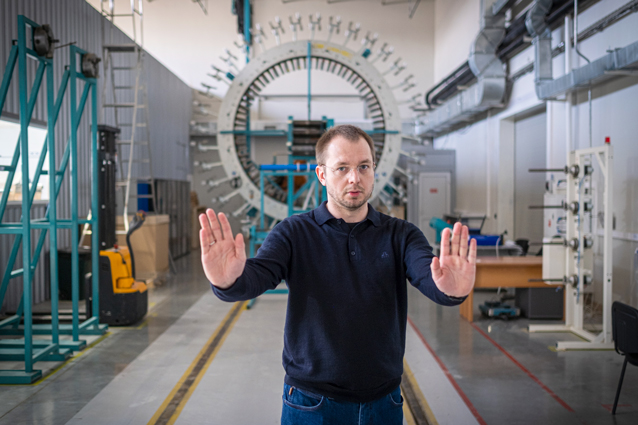 Ɔ. What is “on short rations” supposed to mean?
Ɔ. What is “on short rations” supposed to mean?
Startups exist in deficit of capital in contrast with the model when large capitals are poured in at once, so the startup management is more concerned with easy utilization of the funds. In TechnoSpark, startups don’t have the question of how to better use the capital on their agenda. At initial stages most companies don’t generate any profits, and the TechnoSpark investment division functions more like microfinancing tool with a margin of 2-3 months. That is another reason why there are no stars among our startup founders.
Investors, however, normally want to have a CEO with a big enough name that would guarantee the future success. On the contrary, we believe that before startups start to be scaled up they shouldn’t hire any costly specialists. Roughly speaking, a person who would suit investors will cost over $100,000 a year. Nobody earns that much in our system. In my view, such an income could be earned by the CEO of a startup that brings more than $10 million a year.
It’s one of the issues that is now a topic of discussion between us, venture builders, and potential co-investors. The matter is how far investors will be ready to shift from the traditional model of thinking and step out of their usual comfort zone. In the end, if investors are categorical about having a star-like CEO, they have to invest in it additionally. We are now looking for a compromise.
Ɔ. Is the powerful CEO what investors require most?
Yes, it’s their main request. All investors want to find their unicorn, their own Elon Musk or Mark Zuckerberg. I personally prefer a concept that I picked up a couple of years ago from a conversation with a group of serial entrepreneurs from Northern Europe. One of them said that instead of building unicorn-like companies he is building cockroach-like ones that are good at their survival lasting without food for prolonged time; they are extremely agile and unnoticeable in their moves, they enter new markets that are inaccessible for larger horned beasts, they thrive in groups that is why in case one of them dies, the masses remain untouched. This metaphor may not be very appetizing, but from the point of view of new tech businesses, it is perfectly accurate.
___________________
TechnoSpark is a partnership of private entrepreneurship and RUSNANO FIEP.





